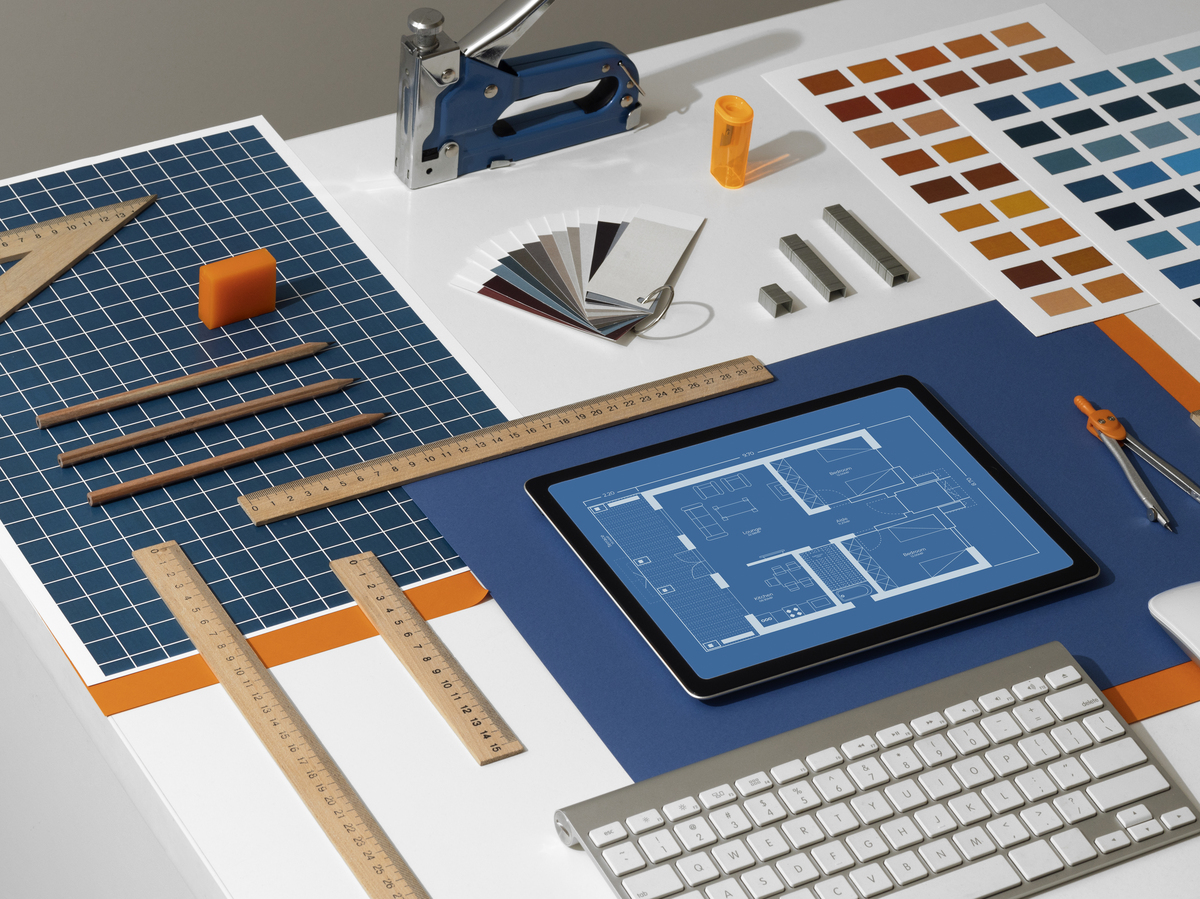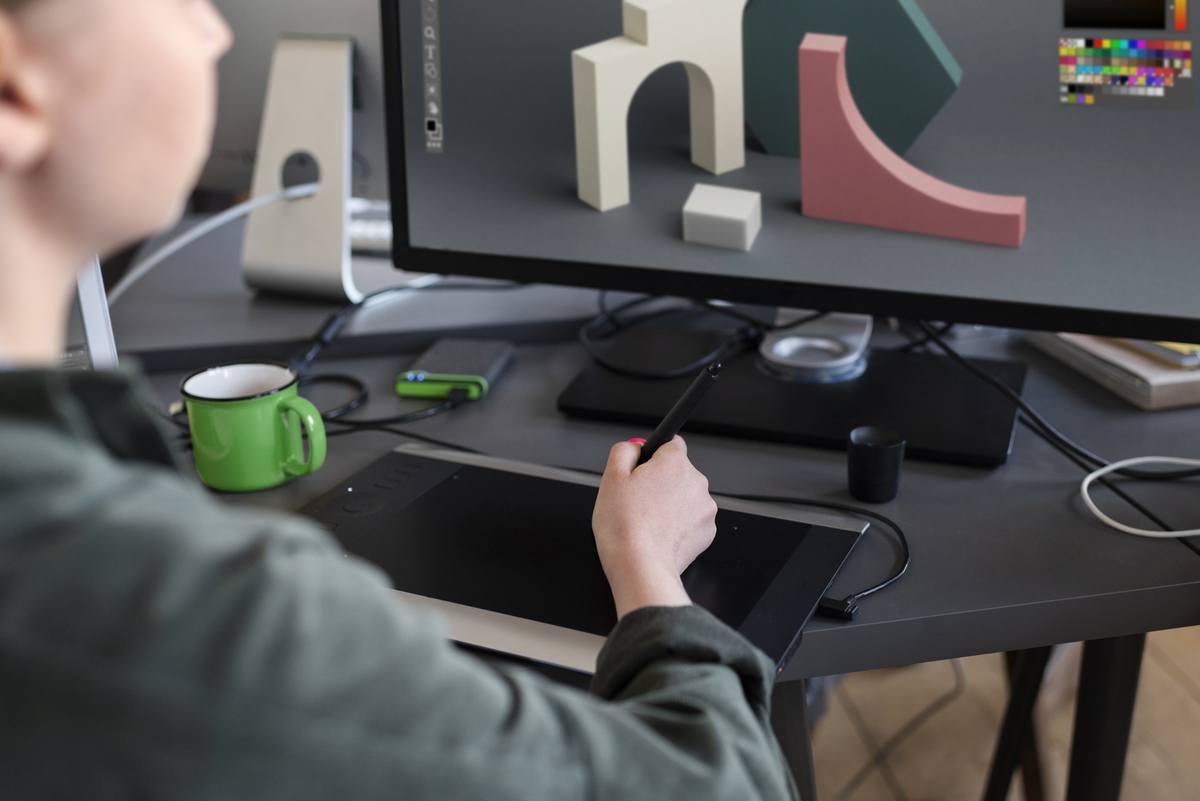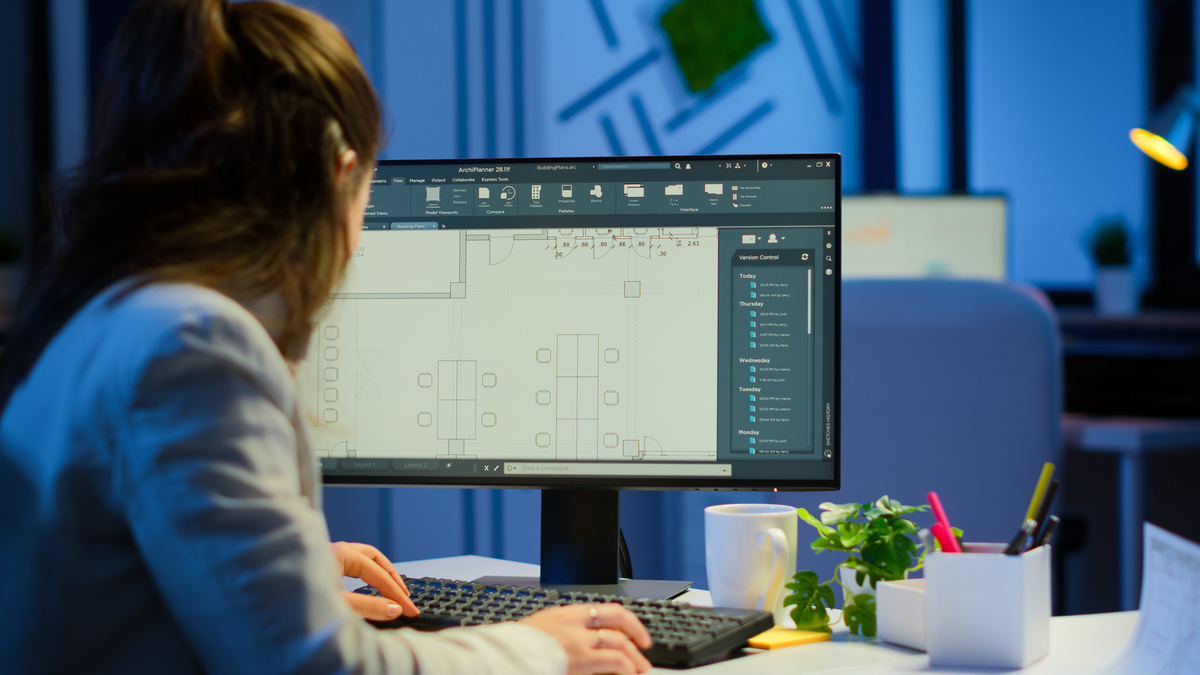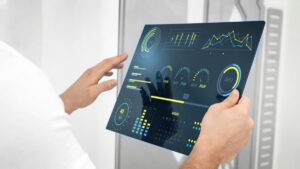These days, Net-Zero Design Software Tools are crucial for architects who want to analyze, optimize, and validate sustainable designs that meet net-zero targets. These tools go beyond traditional CAD and offer energy modeling, life-cycle analysis, and integration with sustainable materials databases. By utilizing the newest in digital technology, architects can make data-driven decisions that improve environmental performance, reduce emissions, and increase energy efficiency. Achieving net-zero emissions in construction has become a critical goal in sustainable architecture, causing architects and engineers to look for tools that streamline the design of low-carbon, energy-efficient buildings.
The top six net-zero design software tools that enable architects to build sustainable projects are examined in this guide. Every piece of software has special features that are suited to the changing demands of environmentally responsible design. These techniques, which range from whole-building analysis to solar and thermal modeling, assist guarantee that the upcoming generation of buildings complies with net-zero standards.
Table of Contents
6 Best Net-Zero Design Software Tools
1. The Virtual Environment for Integrated Environmental Solutions, or IES VE
With tools for dynamic temperature simulation, daylighting analysis, and energy modeling, IES VE is a complete instrument. IES VE is renowned for its precision in sustainable design and is appropriate for architects working on high-performance structures that meet LEED and other green certifications.
Benefits
- In-depth simulations of daylighting and energy.
- included adherence to BREEAM and LEED standards.
Challenges
- expensive licensing that frequently calls for a subscription.
Practical Use
A popular option for net-zero designs, IES VE is well-known in academic and professional circles for its sophisticated simulation and certification assistance.

2. Energy Plus
The U.S. Department of Energy created EnergyPlus, a potent simulation tool for assessing building energy use. Architects may model the overall performance of a building with EnergyPlus, which is perfect for evaluating HVAC, lighting, and renewable systems. Its versatility is increased by its integrations with several platforms, such as OpenStudio.
Benefits
- precise energy-efficiency simulations.
- Adaptable models for intricate structures.
Challenges
- high barrier to entry for new users.
Practical Use
EnergyPlus’s open-source structure and strong capabilities make it a popular choice for both government and large-scale commercial applications.
Suggested article to read: Top 10 Must-Have Tablet Software for Construction in 2024
3. Sefaira
Sustainable design choices are made easier from the start thanks to Sefaira’s real-time energy and daylight analysis in SketchUp and Revit. Architects may analyze performance indicators instantaneously and explore design alternatives using its user-friendly dashboard.
Benefits
- Decision-making is accelerated by real-time analysis.
- For smooth integration, compatible with SketchUp and Revit.
Challenges
- restricted capability without SketchUp or Revit.
Practical Use
Sefaira is well-liked for early-stage design in small-to-medium-sized projects since it allows architects to rapidly evaluate many design possibilities.

4. Autodesk Insight
Architects can use cloud-based energy and environmental performance analysis tools that are directly connected to Revit using Autodesk Insight. Early in the design process, Insight’s visualizations help to optimize building systems and materials.
Benefits
- Interface that is easy to use and integrates Revit.
- Cloud-based, enabling instantaneous cooperation.
Challenges
- Restricted to users of the Autodesk ecosystem.
Practical Use
For projects that need quick prototyping and performance feedback, Insight is preferred; it’s perfect for architects who are already familiar with the Autodesk suite.
5. The Tally
Architects may do life cycle assessment (LCA) right within the design platform using Tally, a Revit plug-in. Its characteristics make it simpler to accomplish low-carbon construction by assisting in the assessment of materials’ effects on the environment.
Benefits
- A thorough LCA that helps with the selection of sustainable materials.
- Outcomes in real time using the Revit interface.
Challenges
- Unique to users of Revit, which could restrict accessibility.
Practical Use
Architects who are concerned with material sustainability and lifespan consequences often utilize Tally, particularly in buildings that are aiming for LEED certification.

6. OpenStudio
An open-source tool called OpenStudio integrates environmental performance simulation and building energy modeling. OpenStudio collaborates with EnergyPlus to deliver trustworthy sustainability information, with support from the U.S. Department of Energy.
Benefits
- Both open-source and adaptable.
- Perfect for cost-conscious, energy-conscious architects.
Challenges
- Requires a great deal of technical expertise and setup.
Practical Use
For architects that require adaptable solutions and are at ease with scripting and complex software configuration, OpenStudio is a great tool.
Conclusion
Architects who are dedicated to environmentally friendly and sustainable building must select the appropriate net-zero design software tools. Specialized solutions for energy modeling, life cycle analysis, and sustainable material selection are provided by programs such as EnergyPlus, IES VE, and Tally. When choosing software, architects must evaluate project needs and financial restrictions because each tool has different advantages and disadvantages. With the speed at which technology is developing, these technologies enable architects to be creative, lessen their carbon footprints, and support worldwide net-zero objectives.
In contemporary sustainable architecture, the six software tools mentioned in this tutorial are essential resources. Architects may fulfill increasingly stringent environmental criteria, produce resource-efficient designs, and make better decisions by incorporating these technologies into the design process. Achieving net-zero construction becomes a viable and fulfilling endeavor with the correct resources.
FAQs
What are Net-Zero Design Software Tools?
- Answer: Architects can use these tools to simulate energy use, evaluate material implications, and create environmentally friendly structures that meet net-zero objectives.
Why is EnergyPlus Popular Among Architects?
- Answer: EnergyPlus is perfect for complicated building projects since it provides a wide range of simulation choices for lighting, HVAC, and renewable systems.
Is Autodesk Insight Compatible with other Autodesk Tools?
- Answer: Architects are able to model environmental performance inside their current workflow because to Insight’s seamless integration with Revit.
Can Sefaira be Used for Daylight Analysis?
- Answer: Indeed, Sefaira offers real-time daylighting and energy analysis, enabling architects to make informed choices early in the design process.
How does Tally Support Sustainable Material Selection?
- Answer: Indeed, Sefaira offers real-time daylighting and energy analysis, enabling architects to make informed choices early in the design process.
Suggested article for reading:
Case Study: Top 4 Eco-Friendly Smart Building Construction Projects
The Future of Smart Construction; 2024 Review
Top 23 Famous Women Architects in World; 2024 Review
LCA in Building Materials: 5 Ways to Select Sustainable Options
The Role of PIM in Sustainable Construction (2024)
LCA and Carbon Footprint: 10 Effective Reduction Strategies
The Top 7 Green Architecture Projects
Resources:
SimScale | ZeroTool | Energy.Gov
For all the pictures: Freepik





